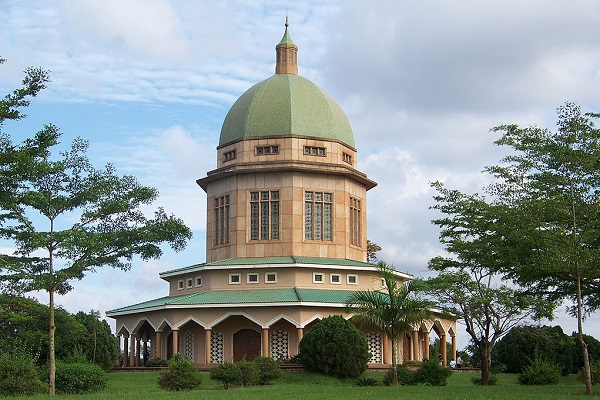
While most people will be celebrating the end of February as a signal for warmer weather, adherents to the Baha’i faith will also be celebrating based on the Intercalary Days.
A religious celebration that is based in service to one another and personal spiritual development is celebrated as per the Intercalary days. This year’s celebrations will be particularly important because of changes that have occurred in the way that the calendar is set up for the religion.
The Baha’i Intercalary Days Have Begun[/tweetthis]
The Baha’i Calendar
Originally, the Baha’i calendar was created so that it would have 19 months. Each one of these months would be composed of 19 separate days. In terms of the Gregorian calendar that most nations use, the Baha’i calendar has an extra four or five days, depending if there is a leap year. These extra days are referred to as the Intercalary Days, and have been turned into a religious celebration by the Baha’i calendar.
The Intercalary Days
During these four or five days, which have been celebrated between February 26 and March 1, the faithful Baha’i is united in a time of joy and religious gratitude. Officially, these days are known as the Festival of Ayyám-i-Há, which has been likened to the holiday of Christmas for Christians. There are gifts given during the Intercalary Days, but that is not the main focus of the holidays. Instead, the celebrants are expected to express gratitude to God and act in unity with their friends and family.
At the beginning of the celebrations, celebrants are encouraged to fast for 19 days; children and the infirm are typically exempt from the fasts. While this celebration has been occurring for centuries, there are some rather large changes coming to the calendar.
Changes To The Baha’i Calendar
Up until last year, the calendar used by the Baha’I was set up to begin a new year on the vernal equinox that was based on the Gregorian calendar. Beginning in 2015, Tehran will be used as the central geographic location to measure the timing of the equinox. The effect of this will be a disconnection from the Gregorian calendar, effectively shifting the date of the celebration to start at sunset on March 20, 2015.
There are an estimated five million adherents of the Baha’i faith who will begin their celebrations in the coming days and then experience the calendar shift in the following weeks.
